Scuba diving in Southern California is not all that different from Northern and Central California except for one thing: it’s a bit warmer, which can make a big difference in your enjoyment. Though water temperatures vary seasonally and annually, during several boat dive trips to the Channel Islands, the air temperature — 60 degrees Fahrenheit — was actually cooler than the ocean — 65 to 67 degrees — which meant you won’t need a neoprene hoodie on every dive. Though the further south you go, the warmer the water can be, a thick wetsuit or dry suit to protect you from the chill is still recommended.
Depending on how healthy the giant kelp forests are because of the encroachment of purple sea urchins, these nutrient-rich waters can attract various schools of rockfish, brightly gold-colored Garibaldi (the state fish), crabs, lobsters, harbor seals, sea lions, torpedo rays, sharks (angel and leopard), sponges, anemones, and perhaps a dolphin or two on nearly every dive.
Here are the best places to scuba dive in Southern California among more than 50 State and Federal Marine Protected Areas.
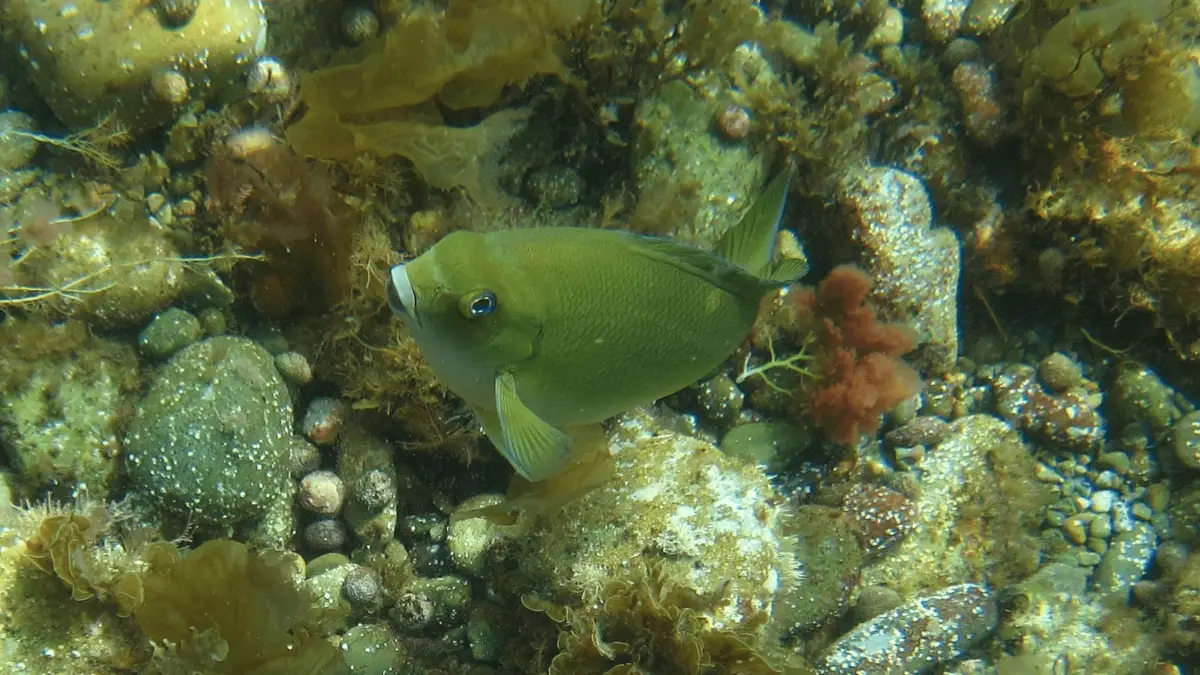
The Biltmore Hotel, Santa Barbara
The Four Seasons Biltmore Hotel is a popular site for scuba dives, from an inner reef close to shore, to an outer kelp bed 150 to 200 yards out. Shore dives and boat dives are available to explore the coastline. The breakers are strong, so time your entry carefully. From there, you can patrol the seabed of 10 to 30 feet to see schools of perch, opal eye fish, kelp trees, and more. Visibility typically ranges from 10 to 15 feet. Parking is limited on the street. No public facilities. cadivingnews.com
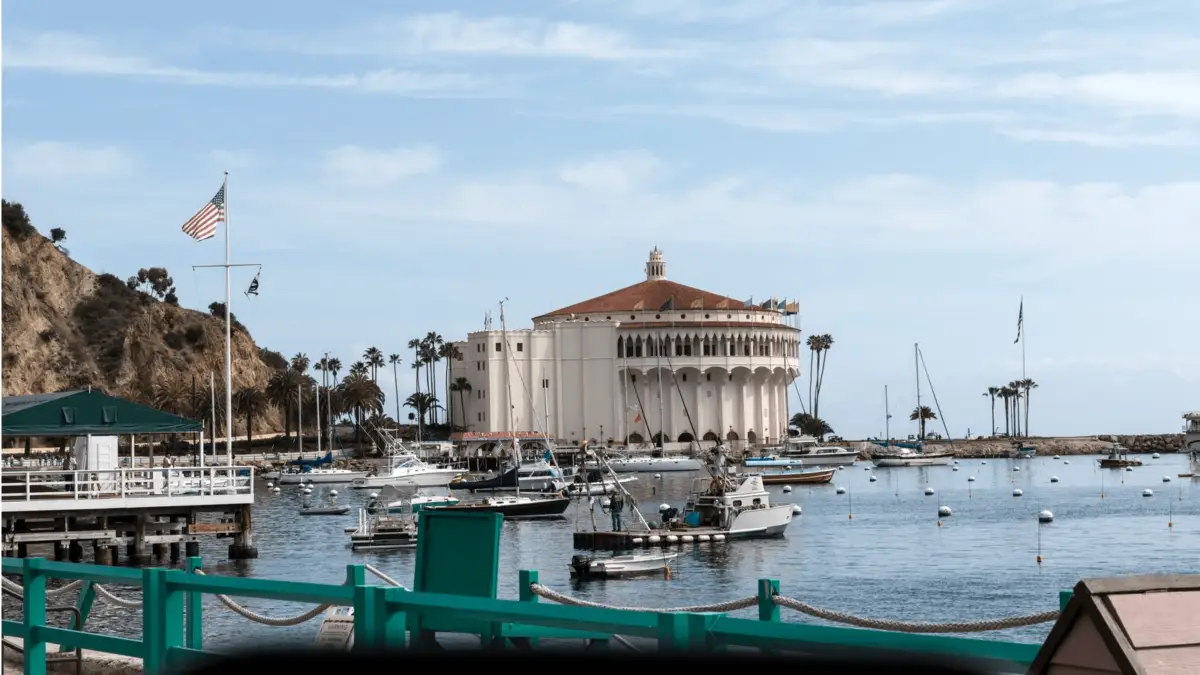
Casino Point and Farnsworth Bank, Catalina Island
“Twenty-six miles across the sea,” according to its song lyrics, is where you’ll find America’s first nonprofit underwater park at Casino Point. In the shadow of the island’s casino, it’s one of Southern California’s most frequented sites for scuba dives with stairs leading to the water, two acres of protected habitat, and frequent sightings of all kinds of sea life. Off the western side of the island is Farnsworth Bank, where you can see soft corals, sea anemones, blue sponges, tuna, sharks, perhaps marlin, underwater mountains, and more. Available by a fleet of Catalina Express ferries from three ports, visit for the day or stay a while. Spring through late fall is a great time to visit, while mid-December through mid-April is when gray whales migrate past the island. divingcatalina.com

Channel Islands National Park and Marine Sanctuary
This archipelago has been called “America’s Galapagos” because its isolation has enabled evolution to proceed independently, with species ranging from microscopic plankton to the gigantic blue whale in this biodiverse region. The unique National Park has quietly become one of the best places to scuba dive in Southern California. The most popular nearby islands are Anacapa (Coral Reef), Santa Barbara (Sea Lion Rookery), Santa Cruz, and Santa Rosa, which are between 11 and 60 miles from Oxnard by boat. This region is home to more than 2,000 species plus 145 plants and animals, and is known as one of the world’s top ten diving destinations. Most divers choose 1- to 5-day sleep-aboard charters from Santa Barbara or Ventura to see whales, dolphins, seals, sea lions, elephant seals, sharks, and 60 species of marine birds. When the boats dock near any island, you’re protected from winds and stronger currents. nps.gov
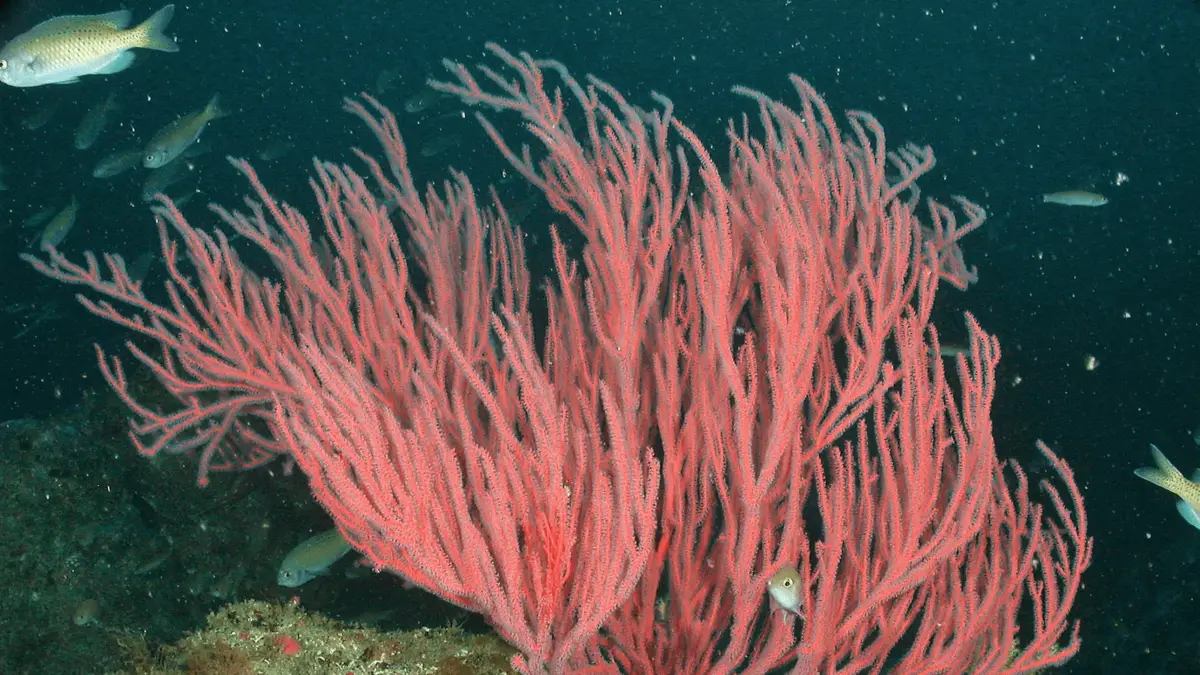
Cortez Banks, San Diego
About 100 miles offshore via a 12-hour dive boat journey, these banks are a challenging dive to a submerged island about 2 miles by 7 miles in size. Home to some of the biggest waves in California (even huger than Mavericks), the Cortez Banks waters can be calm if timed right, and you may be able to see up to 150 feet in the right conditions, with depths of 15 to 130 feet or more. Bull kelp, red sea urchins, nudibranchs, sheepshead, pink hydrocorals, even lobster, and schools of yellowtail and tuna can be spotted. cadivingnews.com
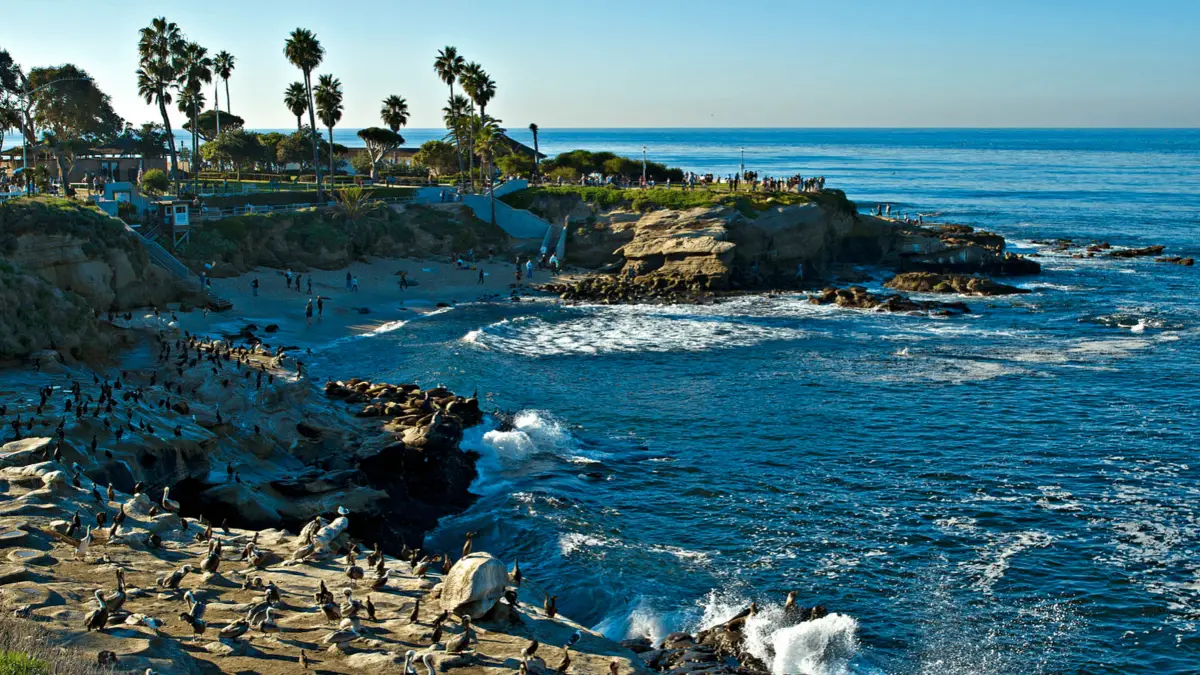
La Jolla Cove, San Diego
Within the Matlahuayl State Marine Reserve, you’ll have a choice of five shore dives: Giant Kelp Forests, the San Diego Cliffs and Sea Caves, Boomers, the Marine Room Reefs Diving, and La Jolla Shores Canyon for an abundance of sea life, sea caves, wreck dives, all in the state’s warmest waters. At 60 to 80 feet of depth, this site is equally loved by beginners to experienced divers who may encounter giant black sea bass, tope sharks, seven gill sharks, two-ringed octopi, and squid runs in the winter — on both day and night dives. There are 14 free parking spaces daily with showers and restrooms on the bluffs, so get there early. scubadivergirls.com
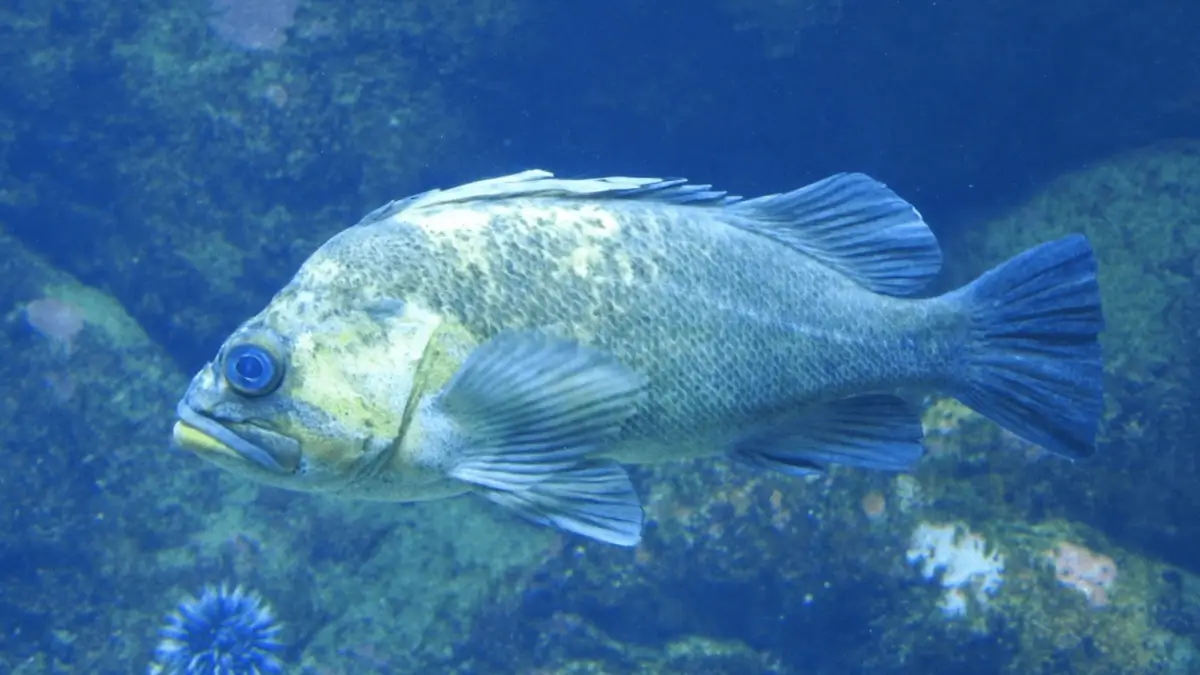
Naples Reef, Long Beach
These popular dive sites feature an underwater pinnacle, the Naples Barge at shallow depth. In the Naples State Marine Conservation Area within the Santa Barbara Channel, underwater walls covered with anemones rise up to 30 feet from the seabed, while kelp forests attract bass, rockfish, yellowtail, nudibranchs, harbor seals, crustaceans, sea lions, and more. Parking is limited and can cost up to $20 at Naples Elementary School. californiampas.org
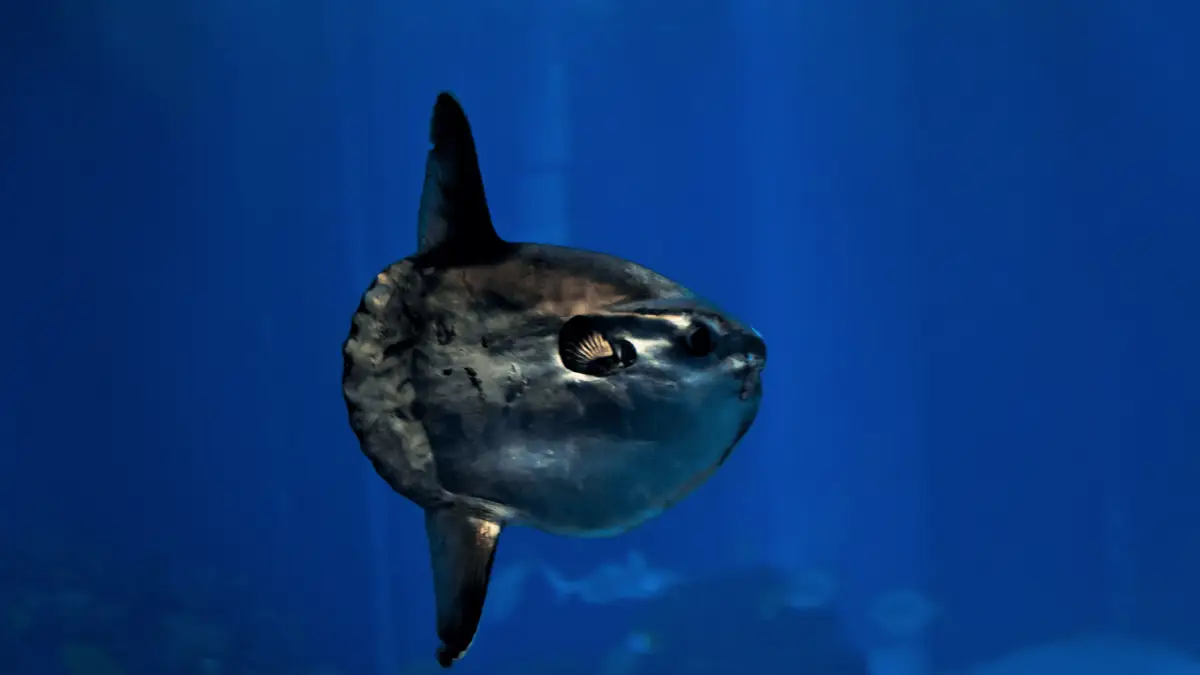
Oil Rig Diving, Santa Barbara
For a different dive venue with artificial reefs, consider chartering a boat for a scuba dive to take you to one of the 25 oil platforms between Santa Barbara and Huntington Beach. Several miles from shore, you can see mola mola (ocean sunfish), sheepshead, rockfish, sharks, barracuda, rays, sardines, and mackerels, as well as sea lions, jellyfish, and more. You may encounter surges and currents that are mild to strong, limited visibility, and cold thermoclines. You should also have an experienced divemaster with you, as well as flashlights. malibudivers.com
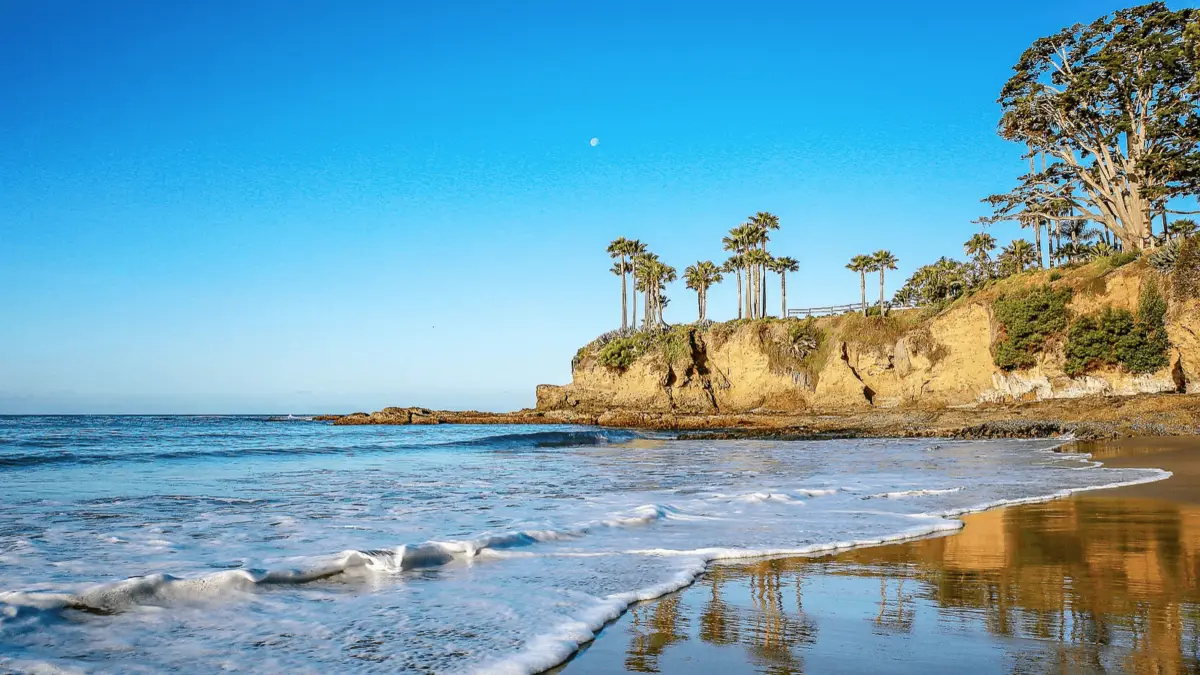
Shaw’s Cove, Laguna Beach
This beautiful, small, sandy beach may have Southern California’s best array of fish because of its outer reef. Within its 20-foot depth, you may sight golden Garibaldi, gorgonian sea fans, plentiful nudibranchs, and much more. Like much of Golden State diving, visibility can be challenging, from 1- to 10-feet so best time to go is when winds and currents are light. Drop off your gear with your dive buddy at the top of the long stairway at Cliff Drive and Fairview Street as parking is limited; public restrooms. ecodivecenter.com
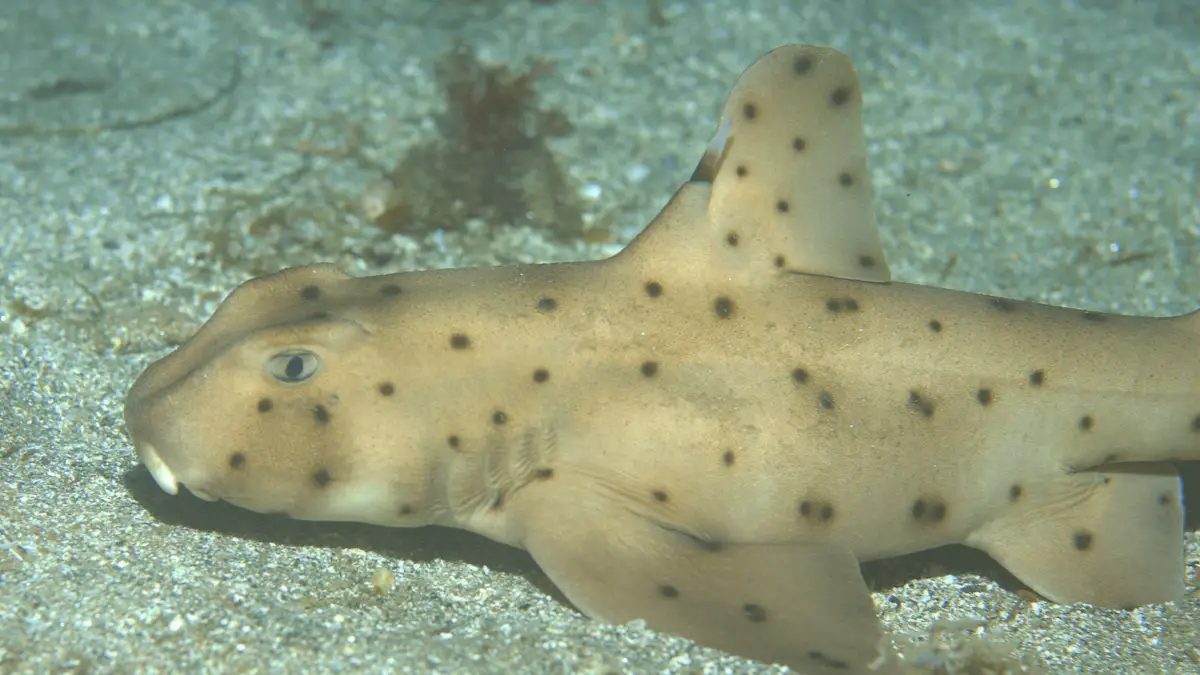
Veterans Park, Redondo Beach
In Redondo Beach, you’ll find one of Los Angeles County’s best short dives. With easy entry and exit points — especially for beginners — weak currents, and a wide variety of sea life, certification classes are held here most weekends. By day, you may see baby horn sharks, octopi, scorpionfish, pipefish, and more. Night dives can enable you to see bat rays, rockfish, moray eels, crabs, nudibranchs, and other exotic species. Depth ranges from 30 to 60 feet, with visibility from around 10 to 35 feet. It’s a long walk up the stairs and beach to the water’s edge. Park at a meter in the lot; public restrooms are available. ecodivecenter.com
Want more travel inspiration and tips from locals?
Follow us on Instagram @localgetaways and TikTok @localgetaways!







